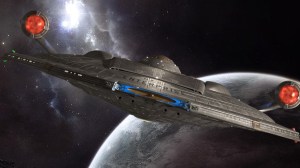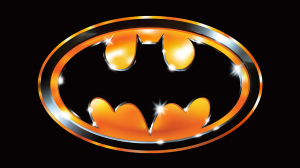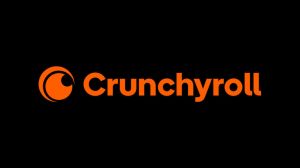Every now and again, DC will attempt a brand new initiative to inspire new readers to pick up comics with jumping-on points. There have been plenty of these in the past few years, from the New 52 to All-In, but one of the most overlooked and underutilized of these rebrands was the New Age of DC Heroes. Originally announced as Dark Matter, this new initiative came at the immediate conclusion of the Dark Knights: Metal event, and saw the creation of a whole new repertoire of characters and teams meant to fill some holes DC thought they had in their heroic lineups. Unfortunately, with the sole exception of The Terrifics, none of the series really took off, and the new characters have all faded into comic book obscurity. DC never gave these heroes a chance, but they definitely deserve one now.
Videos by ComicBook.com
The Failed Age of Heroes
The New Age of DC Heroes saw the introduction of a few new characters, including Sideways, Damage, Brimstone, Silencer, a new Firebrand, and a new team lineup for the Challengers of the Unknown. For this, we’ll only be focusing on the totally original characters, as legacy characters are an entirely different discussion. Still, that was four new heroes introduced, and four that ultimately failed to leave an impression. One can argue that that is in part due to their direct parallels to Marvel Comics characters, which all but set them up for failure. A big pitch for this new generation of heroes would be that they would fill holes that DC executives saw in the DC Universe lineup. Unfortunately, they were perhaps way too heavy-handed in filling those holes with Marvel lookalikes. Sideways was meant to fill a suspiciously Brian Micheal Bendis’s Ultimate Spider-Man sized hole, Damage’s elevator pitch sounds like a discount Hulk, Brimstone very closely resembles older Ghost Rider stories, and Silencer’s practically a more morally ambiguous Black Widow. At least, that’s what the pitch for these characters sounds like, but they are all actually very interesting characters when you look past their obvious design inspirations.
Damage’s gimmick of turning into what is effectively the Hulk for an hour a day is inherently limiting, but his staunch love of heroes coupled with his desire to escape the life he unwittingly agreed to is a really cool set up to have. Brimstone’s mission taking him around small-town America to fight people who made Faustian bargains like him is such a creative way to introduce an infinite number of villains and characters that can dig into real social issues just as much as they can give great comic book fights. Silencer trying to balance being an assassin with having her family is a dynamic that I will always love, and will support until the day she finds a way to make it work. Personally, Sideways stuck out to me the most. He may look like Spider-Man on the surface, but his portal abilities are so cool. He starts as a somewhat stereotypical high school hero, but there’s nothing wrong with playing into tropes that work. His initial obsession with internet fame definitely felt like it was trying too hard to relate to those darn kids, but his growth near the end of his solo was so emotionally resonant and made me so excited to see more of him.
These Heroes Never Stood a Chance
Unfortunately, only Sideways managed to escape his own solo series, and even that was to join the ranks of Bendis’s Young Justice, which is widely considered to be one of the worst runs with the young hero-focused team. So, it begs the question, with these characters having so much potential, what went wrong? Well, like I said earlier, these characters got a lot of flak right out of the gate because they were so obviously designed to be counterparts to well-established Marvel heroes. Even though they are so clearly their own characters with unique stories to tell, they were constantly being compared to much more storied characters, specifically some of Marvel’s biggest names, and no new character can hope to stand up to Spider-Man or the Hulk. A lot of people wrote these new heroes off entirely before they even came out. Some were turned off by what seems like DC practically copying Marvel’s homework, while others just didn’t want to read what they assumed would be watered down versions of characters they already loved.
With such a clear comparison being drawn, the new heroes were set up for failure. The Big Two publishers borrow ideas and character archetypes from each other all the time, that’s just a part of the creative business. However, the designs here were maybe just a little bit too far for most people to feel comfortable with. Of course, not all the blame can be put on the company for these books not selling. New heroes are notorious for being hard sells with their own series, especially right out of the gate. People usually don’t like to gamble with their entertainment when the familiar and liked is right next to it, after all. DC set these guys up for failure with a bad presentation, but to promote creativity in comic books, we as readers should take some risks with new series sometimes. Even if we don’t wind up liking it, at least we’re sending the message that DC and Marvel shouldn’t be afraid to try new things.









